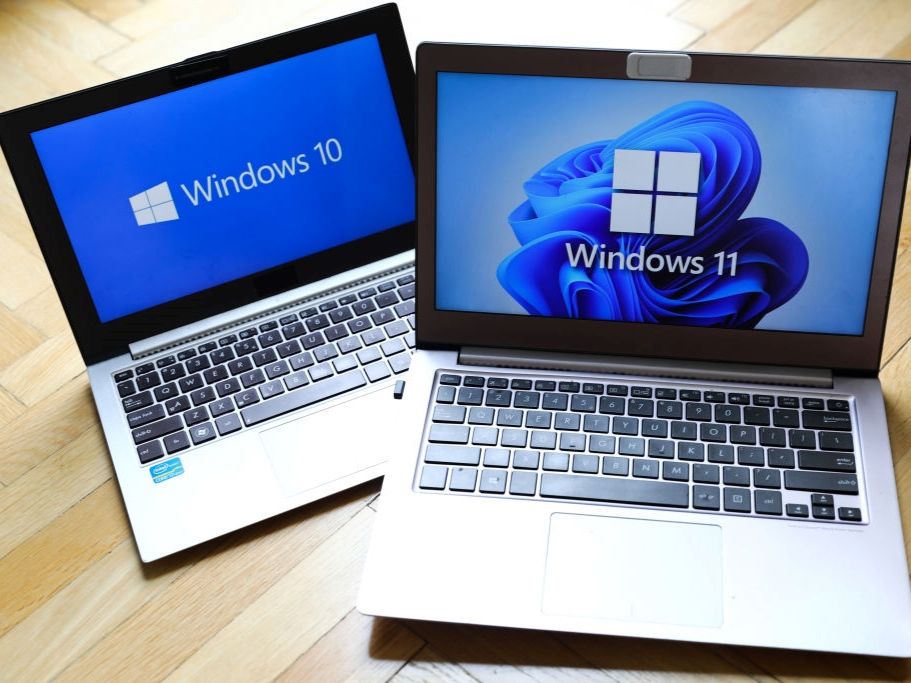What is the Difference Between Windows 11 and Windows 10? With the recent release of Windows 11, many users are wondering what sets it apart from its predecessor, Windows 10. In this article, we will delve into the key differences between these two operating systems and explore the new features that Windows 11 brings to the table.

What is the Difference Between Windows 11 and Windows 10?
User Interface:
Windows 11 introduces a fresh, modern user interface with rounded corners, redesigned icons, and a centered Start Menu. This departure from the traditional look of Windows 10 gives the new operating system a more streamlined and visually appealing feel.
Snap Layouts and Snap Groups:
One of the standout features of Windows 11 is the ability to create Snap Layouts and Snap Groups, allowing users to easily organize and multitask with multiple windows on their desktop. This feature enhances productivity and makes it easier to switch between different applications.
Widgets:
Windows 11 includes a new Widgets feature that provides users with customizable news, weather, and calendar updates directly on their desktop. This personalized feed can be accessed with a simple swipe, keeping users informed and connected at all times.
Gaming Enhancements:
Gamers will appreciate the gaming enhancements in Windows 11, including DirectStorage support for faster load times, Auto HDR for improved graphics, and integrated Xbox Game Pass integration. These features make Windows 11 the ideal choice for gaming enthusiasts.
Virtual Desktops:
Windows 11 offers improved support for virtual desktops, allowing users to create multiple desktops for different tasks or projects. This feature helps users stay organized and focused by separating work and personal tasks into distinct desktop environments.
Compatibility and System Requirements:
One important consideration when upgrading to Windows 11 is the compatibility and system requirements. Unlike Windows 10, Windows 11 has stricter hardware requirements, including the need for a compatible 64-bit processor, 4GB of RAM, and 64GB of storage. Users should check their device’s compatibility before making the switch to ensure a smooth transition.
Should You Upgrade?
If you are happy with the current functionality of Windows 10 and your device meets the system requirements, you may not feel the need to upgrade to Windows 11 immediately. However, if you value the new features and improvements offered by Windows 11, it may be worth considering the upgrade for a more modern and efficient computing experience.
Conclusion
In conclusion, Windows 11 brings several exciting enhancements and features that set it apart from Windows 10. From a refreshed user interface to improved multitasking capabilities, Windows 11 offers a more modern and efficient computing experience for users. Whether you choose to upgrade or stick with Windows 10, both operating systems have their own strengths and benefits to offer.
Remember, it’s important to stay informed about the latest technology advancements and updates to make informed decisions about your computing needs. Windows 11 and Windows 10 both have their unique features and benefits, so choose the operating system that best suits your preferences and requirements.


